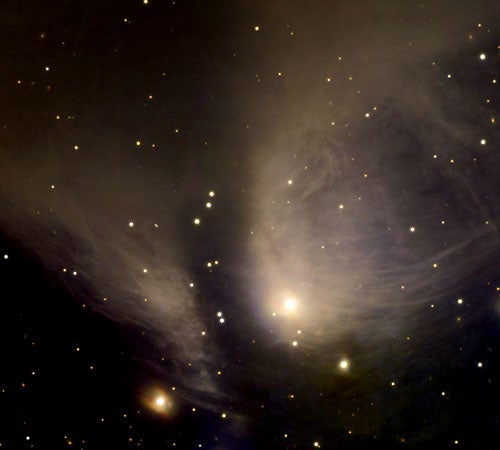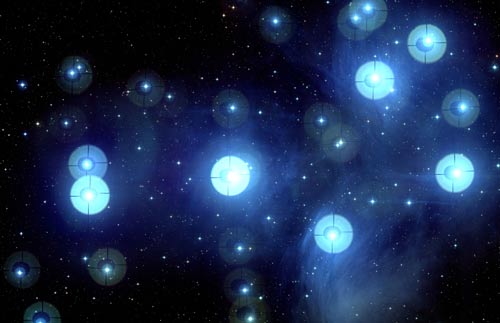Amateur astronomers often suffer from “scope envy.” An observer with a 5-inch refractor is jealous of a friend with a 12-inch Schmidt-Cassegrain telescope (SCT). That SCT-owner is blown away by the view through a star-party neighbor’s 30-inch Dobsonian. And now that big Dob owner certainly will be envious of a group of amateur skygazers who scanned the sky through an 8-meter telescope.
Club d’astronomie de Dorval, an astronomical group based in Quebec, had a chance of a lifetime to observe through the 8-meter Gemini North telescope atop Mauna Kea, Hawaii. The club beat out more than 100 Canadian astronomical groups in a contest sponsored by the National Research Council of Canada’s Herzberg Institute of Astrophysics. By submitting the winning proposal, the Quebec team earned an hour-long observing session with the giant scope. While the groups are classified as “amateurs,” they took the contest seriously.
“When we first worked on scheduling these observations, we jokingly referred to the program as the ‘amateur hour’ since it allows amateur astronomers to get an hour of time on a large telescope,” explains Doug Welch, Canadian Gemini project scientist. “However, the caliber of the proposals and scientific potential of this data have shown that it is more like a pro-am golf tournament where the hobbyists work directly with the pros.”
The club examined RY Tau, a member of T Tauri stars — the youngest of low-mass stellar specimens that have surfaced from the gas and dust cocoon in which they formed. The group’s Gemini image showcases the wispy remains of the gas cloud that formed the bright star. During the next few million years, the star will blow away this gas, leaving a “normal” star. This cloud’s debris may also form a planetary family.
According to Gemini astronomer Tracy Beck, the data collected by the astronomy group “is the deepest and most detailed image ever taken of this object, and scientists will no doubt use these data for important research in the future.”
On May 15, the Quebec club received its results during a presentation at the Canadian Astronomical Society’s annual meeting.
The contest also featured a second prize of an hour-long observing session on Gemini’s neighbor on Mauna Kea, the Canada-France-Hawaii Telescope (CFHT). The winning group, Big Sky Astronomical Society from Alberta, used the wide-field capability of the telescope to study M45, the Pleiades star cluster.











